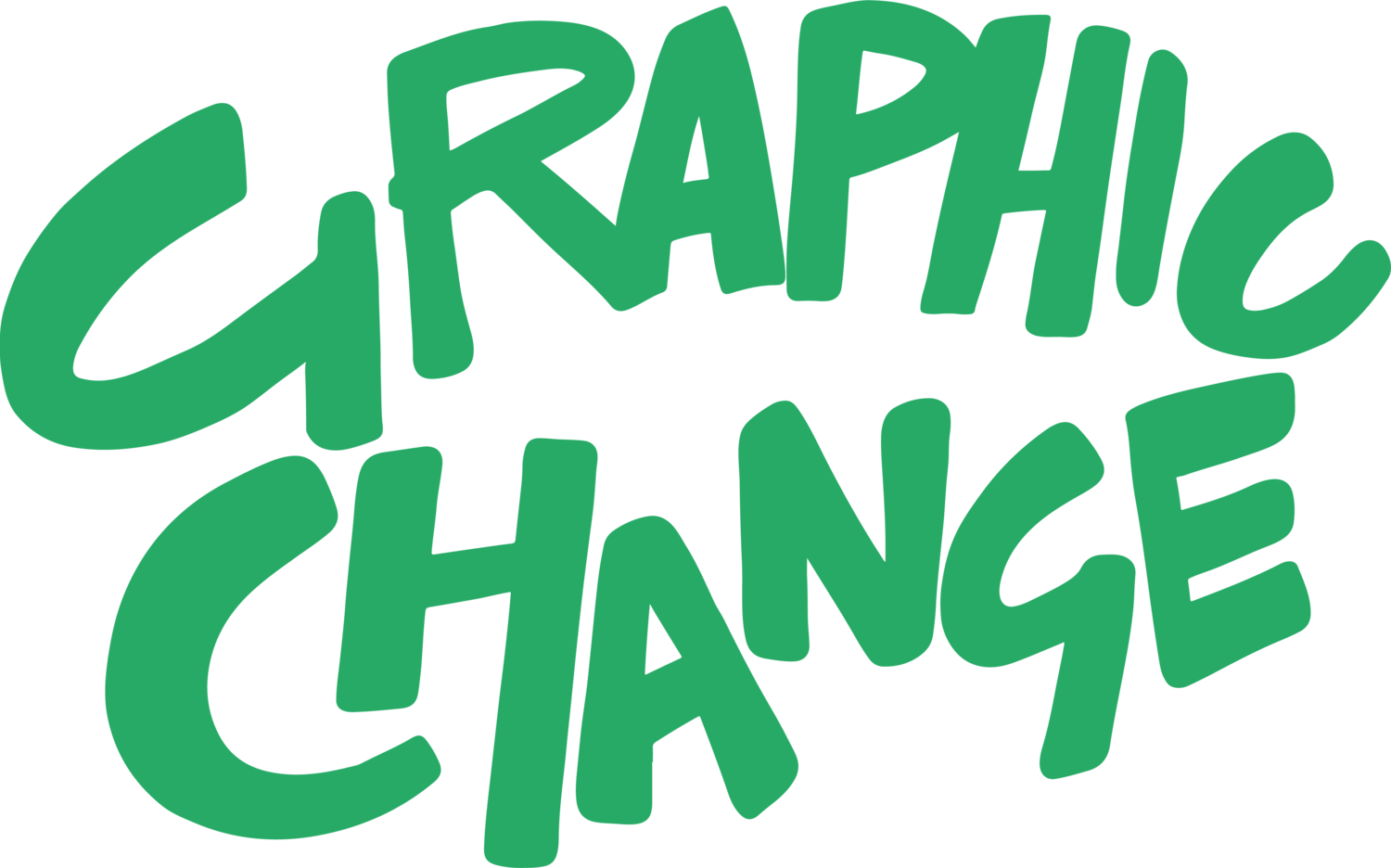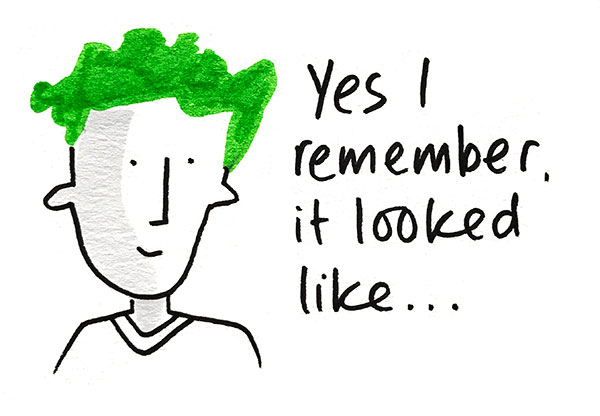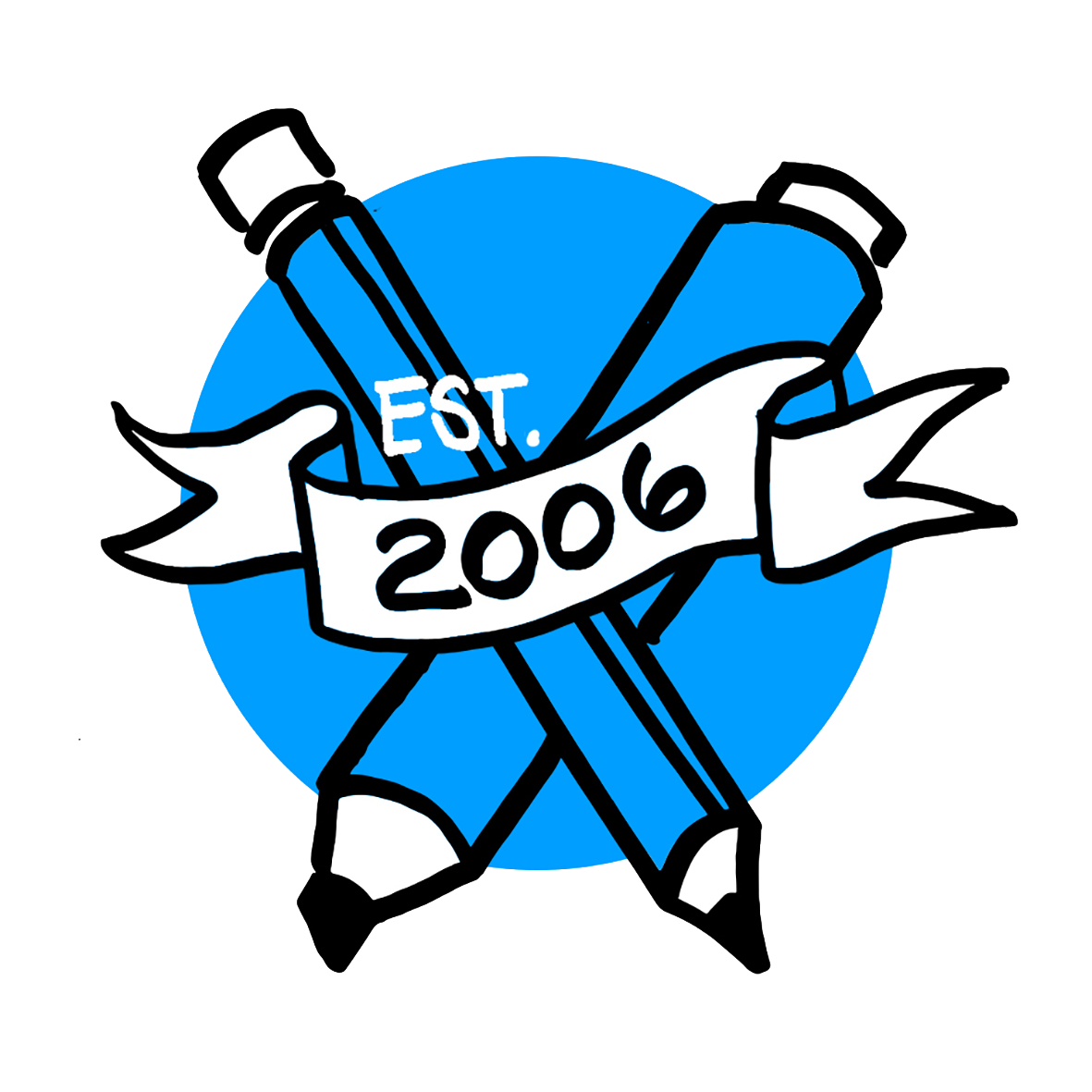You read my last post right? So you already know that working visually is quicker and that being able to communicate more quickly gives you a business advantage.
(If not then you might want to read the first part in this mini blog series looking at how quickly visual communications can be understood by your audience.)
Being quick isn't enough though. If I'm really going to pull you into my world of working visually I want to give you more. SO, here is my second compelling reason why you need be working more visually, even if the idea of putting pen to paper leaves you with the chills.
Reason #2 - It's sticky
That's right. Sticky content rules, and I don't mean in a dodgy pub carpet kind of way. I mean in an ear worm, keep thinking about it, ask your partner if they've seen it, share it with your friends kind of way.
And here's why that is:
Working visually engages more of the brain than text or verbal communication alone. People are literally more engaged. In fact it engages all four lobes of your brain, and that comes in really handy when you're wanting your audience to actually remember your content.
Studies have shown that pairing key messages with images helps people more easily make sense of the content and that this access to deeper understanding increases the possibility of the viewer remembering what they've seen.
So it should be no real surprise to find that we retain 80% of what we see as opposed to 20% of what we read and a paltry 10% of what we hear (Lester, P. M). Those are some pretty compelling numbers if you're thinking about business communications.
In addition to those sticky facts, there is cool theory called the picture superiority effect, (I love that name), which demonstrates that if we receive content in text form we will remember 10% 3 days later. If you add pictures into the mix your recall increases to a whopping 65%.
A 55% increase in recall. Pretty darn good I think you'll agree.
It's clear then why working visually will help your audience remember. But what about you? You're busy people. You have things to do, places to be and, no doubt, lots of things to remember. Well don't worry, it works on you too.
A recent study from New Zealand found that drawing pictures of information that needs to be remembered is a "strong and reliable strategy to enhance memory" (Meade, Fernandes, Wammes).
Because drawing integrates your visual, motor and semanitc skills it has been shown to create a more "cohesive memory trace". In a nutshell the researchers found a "significant recall advantage". It's even got a name...the drawing effect. Yes, I love that name too.
You're on board now right? I mean come on...whether you want your team to remember the plan, your patient to remember the exercises, your customers to remember how amazing your are, or you simply want to remember what you set out to achieve this week, visuals. totally. win.
So what to do with this new found wisdom?
Skill up #2
STEP 1
Firstly, if you haven't done it already, go and do the steps in my last post.
STEP 2
You don't have to spend a lot of money to get visual but a little bit of investment can go a long way in making your work look good.
So do get consider buying:
some A3 paper
a cheap sketchbook
some good quality flip chart paper
a black marker pen with a chisel tip
a grey marker pen with a chisel tip
a marker pen in the colour of your choice with a chisel tip
some white tack or scotch tape for attaching things to the wall without damaging paint
STEP 3
If you write a task list or a to do list, then don't do it on the computer, hand write the list and add a small drawing next to each task. Remember it doesn't have to be a great drawing. The act of drawing, regardless of 'quality' will help you keep your task list current in your thinking.
STEP 4
Have a look at (or listen to) the latest post from your favourite journal, podcast or blog. If you enjoyed it or thought it was useful, then see if you can identify three key points being made? Can you think of three simple images to represent them; one for each key point?
Grab an A4 sheet. Draw your 3 images and add the title of the article or post.
Make this a regular habit. Stick the 3 picture record on the wall or in a folder and once a month flick through. The pictures will remind you of the learning you took from the article or post, and that will prompt you to keep approaching that learning in a new way. It will keeping you thinking creatively and perhaps lighting a spark that leads to something bigger...
STEP 5
Ask someone you trust to play nicely, to email or text you a word to draw in your sketch book each day.
STEP 6
Don't be scared. Have fun.
Here at Graphic Change we work with individuals and businesses helping them to get the benefits of working more visually.
Find out more about our online courses over at the Graphic Change Academy.
Or buy my book Draw A Better Business.
If you enjoyed this read, let us know by clicking the "like" below, and share it forward with the other visual thinkers in your life.







